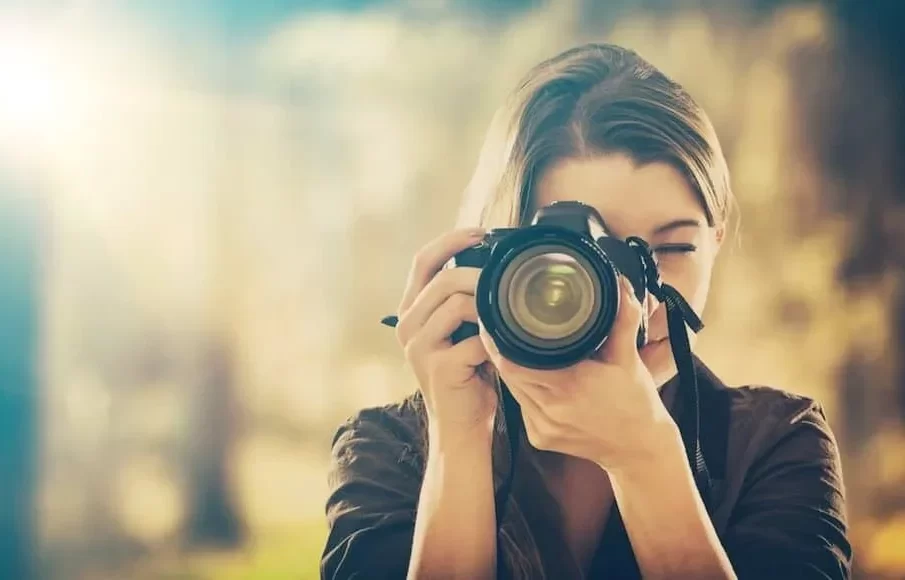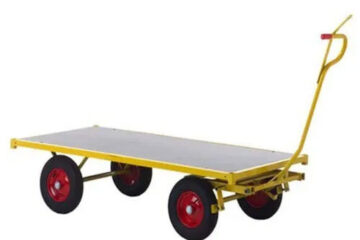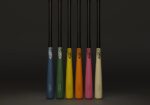11 Types of Lighting in Photography

The most crucial factor in photography is lighting. It is what enables the photo to be taken. So let’s clarify what we are talking about when we discuss the many sorts of light.
How Does Light Affect Photography?
The most important component in photography is light. In actuality, the Greek terms for light and drawing were combined to create the English word photography. Light rays are captured by photographers on a light-sensitive material to produce an image. Photographs could not be taken if there was no light.
What Type of Lighting is Best for Photography?
Depending on the photograph you’re taking. Due to their portability and flexibility, speedlights and flashes are preferred by many photographers, although it frequently happens that using ambient light instead yields the best results. Everything depends on the subject at hand and the mood you’re trying to set.
Types of Photographic Lighting and How to Use Them
There are various reasons to select a particular sort of lighting for photography, regardless of the lighting you use for your photographs. Here are 11 different forms of photographic lighting, along with usage instructions:
- Ambient light
Lighting that is present in a scene without being supplied by the photographer is known as ambient light. Sunlight, a streetlight, and moonlight can all be used as ambient illumination. None of these were added by a photographer to the scene.
Obtaining a gentle, evenly spread light that can reflect off of many surfaces is frequently the aim of ambient lighting. For landscape photography in particular, this style of lighting is effective.
This light is an example of ambient light.
Some photographers distinguish between ambient light created by natural lighting from things like the sun and ambient light produced by artificial lighting from things like a streetlight. Because of this, you should be careful to provide more detailed lighting descriptions in your photographs.
It’s crucial to identify any modifiers you might employ to focus the available ambient light. In order to produce a more diffused environment, one method is to reflect ambient natural light into a darkened region. Open shade is what you get when doing this, and it gives your subject a nice, even, and cosy light.
On the other hand, how you ‘set up’ ambient light depends on the appearance you desire. Modifiers can be used to reflect it. Additionally, you can either move around your subject or ask them to move while you experiment with lighting.
- Flat lighting
When you have the light source pointed squarely towards the front of your subject, you are using flat lighting. If you are taking a picture of a person, their face will be properly lit and there won’t be any shadows.
If your person has acne, other blemishes, or wrinkles, this is a terrific method to apply because shadows tend to highlight out flaws. Shadows give the face life, thus it’s not typically recommended as a lighting approach for portraiture photography. However, if the subject is self-conscious about their skin blemishes, this would be the best option.
Additionally, it works nicely if your subject is brimming with personality. The natural charm will thus be able to shine through thanks to flat lighting. Simply position your light in front of and just above your subject’s face to set up your shot. It can be angled so that it rests “flat” on the face.
- Broad lighting
Actually, broad lighting is a sort of side lighting. It occurs when the side of your subject that is lighted the best is facing the camera and the side that is least lit is facing the camera.
This kind of lighting, when applied to a subject’s face, can flatter a person with a narrow face since it makes a face appear larger. However, if the individual already has a full face, it would be less preferable.
A narrow face can appear broader under broad lighting.
More contrast is added to the image than with other lighting techniques thanks to the use of broad illumination.
Simply position your light source 45 degrees away from your subject, turn your subject away from the primary light source, and repeat this process until you have the desired result.
- Short light
The contrast between broad and short lighting is that. On the side of the face closest to the camera, this is where the shadow appears. Most facial types can benefit from this trick, but it particularly works well to narrow out a large face.
Short lighting is perfect for moody photos, in part because to the strong contrast it offers. Additionally, it works well for adding depth to photographs and can be used to cover up flaws..
This setup is comparable to broad lighting setup. You begin by setting up the light source 45 degrees away from your subject. Contrary to broad lighting, you should angle your subject toward the light this time so that the short side of their face is the brightest.
- Split light
Split lighting occurs when the subject is illuminated from the side at a 90 degree angle. It divides the light and shadow such that half of your subject is in the light and the other half is in the shadow.
Images made using this method are frequently more striking. It frequently gives your subject a tougher, more macho appearance. The texture of the skin and the features of the face are also frequently emphasised by this style of lighting. It conveys a sense of confidence and can be used to highlight glamour.
Setting this up is simple. Simply position the light source 90 degrees away from the direction in which your camera is pointed, and it should be striking your subject from the side. Having the light somewhat in the subject’s back also helps. Once you have a “split” of light, with half of your subject lighted and the other half in shade, you can move your subject about.
Softer or harder light sources might increase or decrease the dramatic impact of the approach. Harder light sources will provide more dramatic shadows and a more intense image.
- Backlight
Simply put, backlighting means placing the light source behind your subject. You can use it to make silhouettes or mix it with specific atmospheric conditions, like fog, to produce photographs that are more dramatic.
One issue with this lighting method is that when the subject is backlit, you risk losing clarity. In order to avoid creating a silhouette, it may be helpful to utilise reflectors to bounce part of the light back onto your subject. Alternatively, you might employ a method known as the semi-silhouette, in which you only allow a tiny amount of light to enter the frame. As a result, there is a pleasing glow that stands out against the background’s darkness.
- Rim light
When the light reaches the subject at an angle, it forms highlights along the edges, which is known as rim lighting. This draws attention to the contour of your subject and is an excellent approach for separating it from the backdrop.
In the studio, you can achieve this look by placing one light source behind your subject. Then, have your subject turn so that the light produces an edge rim highlight.
The edges of light produced by rim lighting highlight the subject’s shape.
It is best to utilise this technique on a sunny day if you wish to use natural light. Then, arrange your subject such that they are lit from above and behind. With this approach, contrast is crucial; with less contrast, the rim effect will be reduced.
8.Butterfly light
The name of this method refers to the peculiar shadow it casts beneath your subject’s nose. To do this, position the light above and in front of your subject. It will cast a little shadow under their nose that resembles a butterfly.
On the bright side, it draws attention to the wearer’s strong cheekbones, which appeals to many women. On the downside, it also draws attention to the shadows cast by deep-set eyes. Therefore, before selecting this approach, you should think about the distinctive characteristics of your subject.
This lighting method, sometimes known as crucial lighting, is popular for portrait photography because it flatters the majority of subjects.
- Loop light
Another popular photography skills for portrait photography is loop lighting since it flatters practically every subject. Despite producing greater depth than flat lighting, it is less dramatic than other lighting styles. All of this is accomplished while still keeping the topic well-lit.
It’s simple to set up; just position your model and position the light at a 45-degree angle to them, just above eye level. This casts a shadow that resembles a loop, hence the name, behind the subject’s nose on the side of their face that is not facing the light source.
Under the nose, loop lighting produces a loop-shaped image.
By moving the light closer to or farther away from your topic, you can change the light’s intensity. Additionally, you can change the shape of the shadow by adjusting the light source.
- Soft lighting
Soft light is light that has softer, more open shadow edges and lower contrast. A bigger, broader light that is put closer to the topic is used to achieve it. Days with clouds in the sky are excellent for using soft outdoor lighting.
You may create this style of lighting by diffusing your artificial light. In the studio, this can be accomplished by positioning a full diffusion panel or soft box between the light source and the subject. A nice source of softer light can also come from window illumination.
Most portrait, macro, and wildlife photography uses soft light. Additionally, it can be utilised to make a subject seem younger.
- Hard light
The antithesis of soft light, hard light produces deep shadows and extreme contrast. It produces visuals that are more dramatic and gritty. You can position the light source in the studio to produce soft light, but diffusers are not necessary.
The shadows in the image will get darker if you make the hard light appear like a spotlight. However, it’s important to keep in mind that not everyone appears attractive in harsh lighting.
It can, for instance, draw attention to flaws in the skin and the shadows cast by deeply set eyes. Therefore, before selecting this kind of light, you must take into account the distinctive characteristics of your model.
These many lighting options are all excellent for various reasons. It depends on the subject you’re capturing and the vibe you’re trying to evoke. Light is essential to setting the right mood, regardless of the image you want to convey.
Many people equate the photographer with the painter as an artist. The photographer is painting their portrait using light instead of paint in this instance. Therefore, it is essential for every photographer to grasp how to precisely achieve the appearances they desire.
Become a better photographer with the CelebritySchool Online Photography Course. Gain access to exclusive video lessons taught by photography master, Dabboo Ratnani. Enroll Now.



















